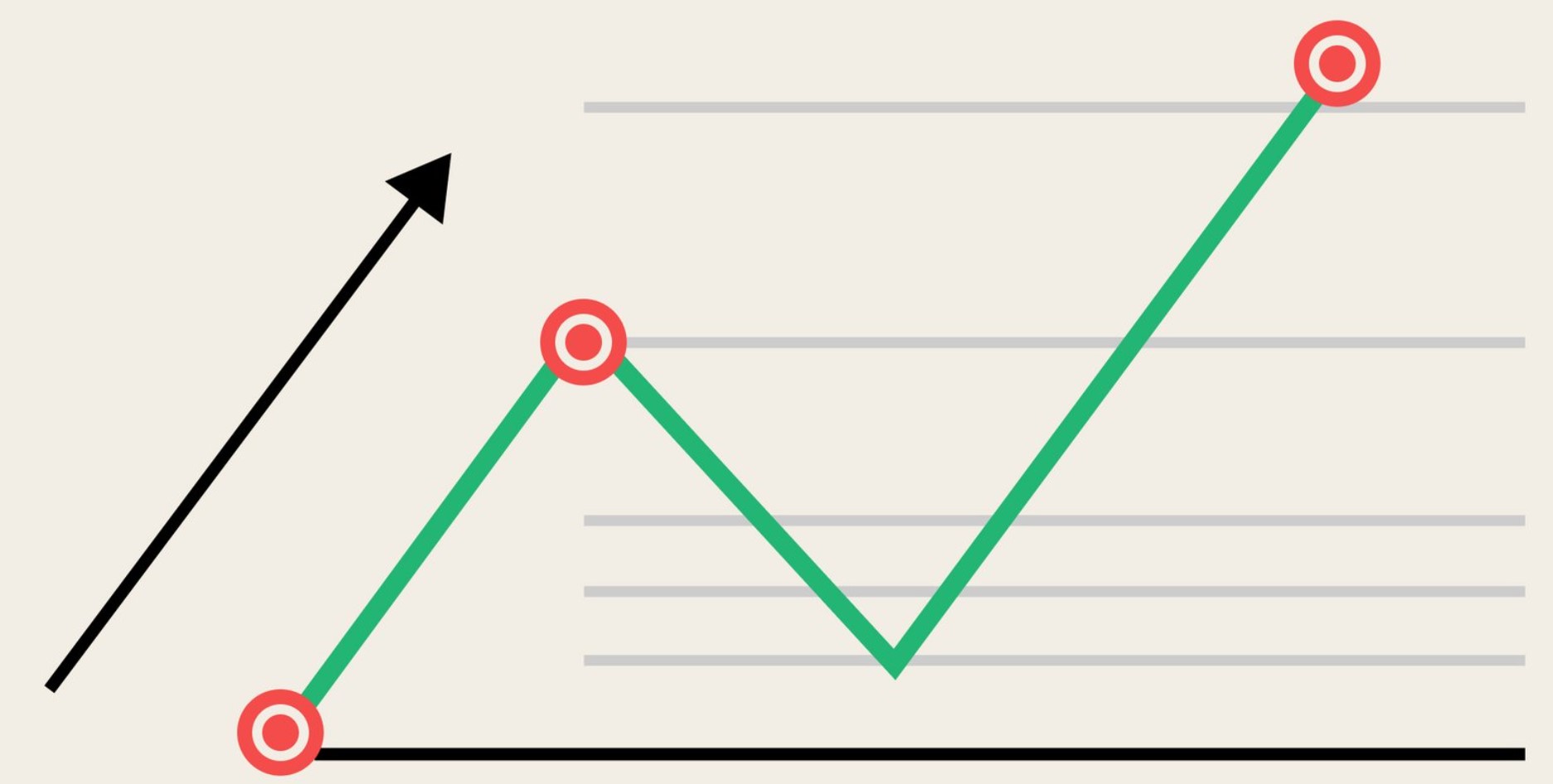In the world of forex trading, there are numerous strategies and tools available to traders. One such tool that has gained popularity over the years is Fibonacci retracement. This article will explore the benefits of using Fibonacci retracement in forex trading and how it can assist traders in making more informed decisions.
What is Fibonacci Retracement?
Before we delve into its advantages, let’s understand what Fibonacci retracement is. Fibonacci retracement is a technical analysis tool used by traders to identify potential support and resistance levels on a price chart. It is based on the Fibonacci sequence, a mathematical concept that occurs frequently in nature and financial markets.
How Fibonacci Retracement Works
Fibonacci retracement involves drawing horizontal lines at key Fibonacci levels, which are derived from the Fibonacci sequence (0.618, 0.50, 0.382, etc.). These levels are used to identify potential reversal points in a price trend.
Benefits of Using Fibonacci Retracement in Forex Trading
1. Identifying Support and Resistance
When it comes to navigating the complex world of forex trading, one of the significant benefits of employing Fibonacci retracement is its ability to identify support and resistance levels with remarkable precision. Traders often struggle to pinpoint where price reversals might occur, but Fibonacci retracement provides a clear framework for doing so. By drawing horizontal lines at key Fibonacci levels, such as 0.618, 0.50, and 0.382, traders can anticipate potential price bounces or reversals. This insight is invaluable, as it helps traders make strategic decisions about when to enter or exit trades.
2. Enhancing Entry and Exit Points
In the volatile forex market, the timing of your trades can significantly impact your profitability. Fibonacci retracement can be a game-changer in this regard. By combining Fibonacci retracement with other technical indicators, traders can fine-tune their entry and exit points. For example, when Fibonacci retracement levels coincide with other forms of technical analysis, such as moving averages or candlestick patterns, it provides a strong signal to enter or exit a trade. This synergy between different indicators increases the probability of making profitable trades.
3. Risk Management
Effective risk management is a cornerstone of successful forex trading. One of the remarkable advantages of Fibonacci retracement is its role in helping traders manage risk.
Here are some ways in which Fibonacci retracement aids in risk management:
- Setting Stop-Loss Orders: Traders can use Fibonacci levels to set stop-loss orders, ensuring that potential losses are limited.
- Adjusting Position Size: By considering the distance to the nearest Fibonacci level, traders can adjust their position size to align with their risk tolerance.
- Adapting to Market Volatility: In highly volatile markets, Fibonacci retracement can help traders make real-time adjustments to their risk management strategy.
4. Trend Confirmation
Determining the strength and longevity of a trend is crucial for forex traders. Fibonacci retracement can be a reliable tool for trend confirmation.
Here are some ways in which Fibonacci retracement confirms trends:
- Bounce from Key Levels: When price retraces to a Fibonacci level and bounces in the direction of the prevailing trend, it reinforces the trend’s strength.
- Additional Confirmation: Traders often use Fibonacci retracement in conjunction with other trend-following indicators like MACD or ADX for added confirmation.
- Multiple Timeframes: Traders can apply Fibonacci retracement on different timeframes to confirm trends across various time horizons.
These lists provide a detailed breakdown of how Fibonacci retracement can be utilized to enhance support and resistance identification, improve entry and exit points, manage risk effectively, and confirm trends. Understanding these practical applications can empower forex traders to make more informed and strategic decisions in their trading endeavors.
5. Visual Clarity
Fibonacci retracement provides a visual framework for analyzing price movements. It helps traders identify patterns and trends more easily.
Practical Applications of Fibonacci Retracement
To illustrate how traders can use Fibonacci retracement in real-world scenarios, let’s consider a practical example. Below is a table that outlines a hypothetical trade scenario using Fibonacci retracement.
| Trade Scenario | Fibonacci Levels Used | Action Taken | Result |
| EUR/USD Currency Pair | 0.618, 0.50, 0.382 | Buy Entry Near 0.618 Level | Trade Moved in Favor, Profit Realized |
| GBP/JPY Currency Pair | 0.382, 0.236 | Set Stop-Loss Just Below 0.382 Level | Stopped Out, Limited Losses |
| USD/JPY Currency Pair | 0.50, 0.786 | Sell Entry Near 0.50 Level | Trade Moved in Favor, Profit Realized |
This table demonstrates how traders can apply Fibonacci retracement levels to make informed trading decisions, such as identifying entry points, setting stop-loss orders, and ultimately managing their risk.
These lists and the table provide a detailed breakdown of how Fibonacci retracement can be utilized to enhance support and resistance identification, improve entry and exit points, manage risk effectively, and confirm trends. Understanding these practical applications can empower forex traders to make more informed and strategic decisions in their trading endeavors.
How to Use Fibonacci Retracement Effectively
To harness the benefits of Fibonacci retracement, traders should follow these steps:
- Identify a clear trend in the forex market.
- Draw Fibonacci retracement lines from the swing low to the swing high in an uptrend or from swing high to swing low in a downtrend.
- Pay attention to price action around Fibonacci levels.
- Combine Fibonacci retracement with other technical indicators for confirmation.
In conclusion, Fibonacci retracement is a powerful tool that can enhance a trader’s decision-making process in the forex market. By identifying support and resistance levels, improving entry and exit points, and assisting in risk management, it offers numerous benefits. When used effectively, Fibonacci retracement can provide valuable insights and contribute to more profitable trading strategies.
FAQs
1. Can Fibonacci retracement be used in other financial markets?
Yes, Fibonacci retracement can be applied to various financial markets, including stocks, commodities, and cryptocurrencies.
2. Is Fibonacci retracement a guarantee of success in forex trading?
No, Fibonacci retracement is not a guarantee of success. It is a tool that should be used in conjunction with other analysis methods and risk management strategies.
3. Are there any limitations to using Fibonacci retracement?
While Fibonacci retracement is a valuable tool, it may not always work perfectly, and traders should be aware of false signals.
4. Can beginners use Fibonacci retracement effectively?
Yes, beginners can learn to use Fibonacci retracement with practice and education. It’s essential to start with a clear understanding of the basics.
5. Where can I find more resources to learn about Fibonacci retracement?
There are numerous books, online courses, and tutorials available for traders looking to enhance their knowledge of Fibonacci retracement techniques.

